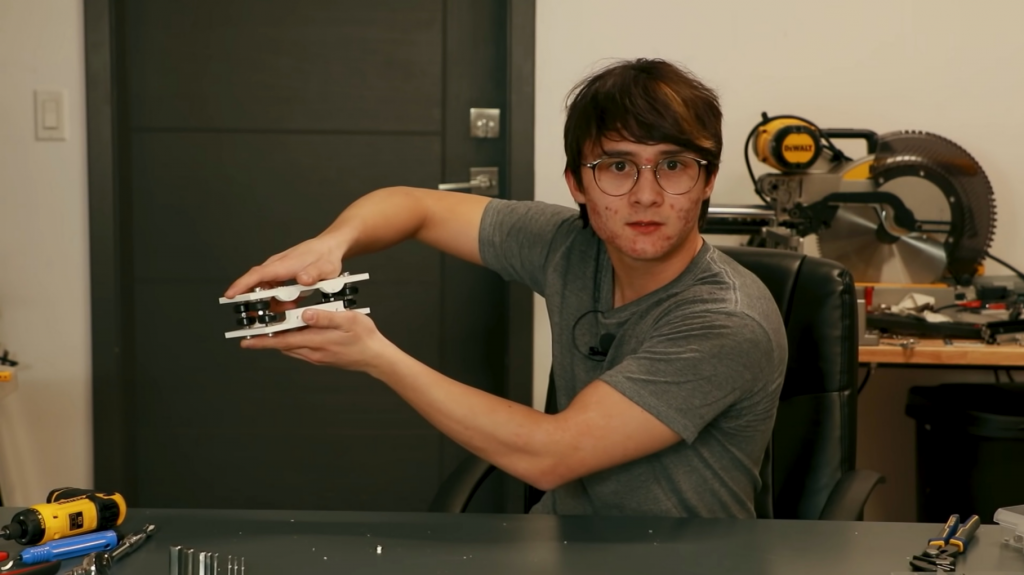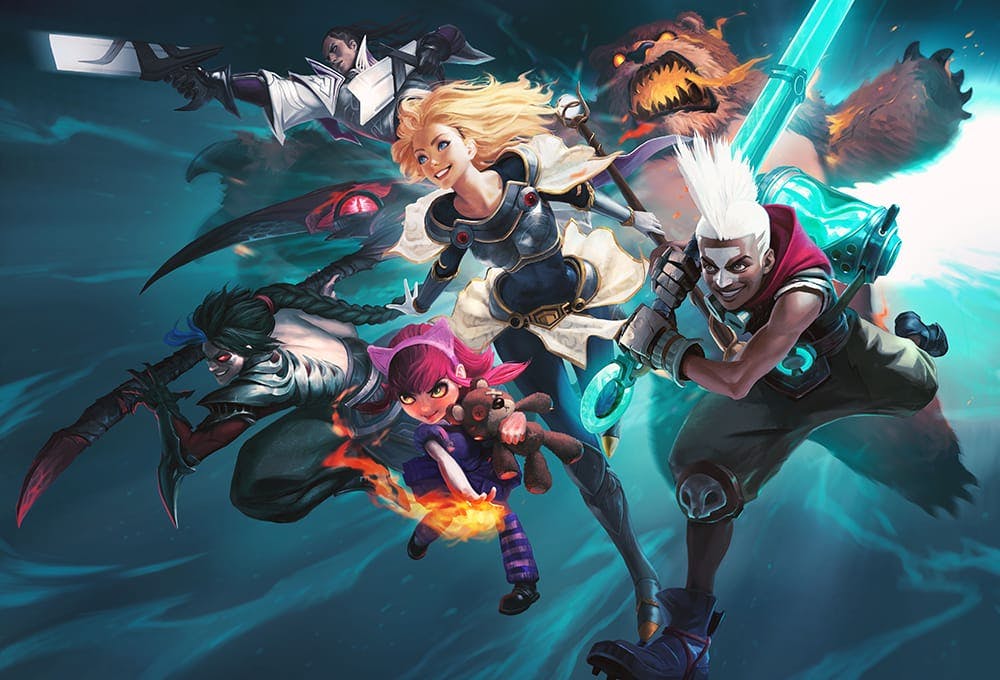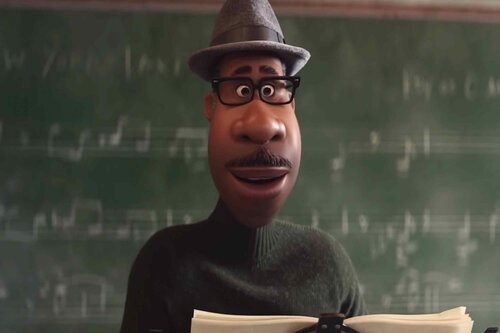As a student in the School of Design, one of the crucial pieces of works
most students end up creating portfolios of their work as a way to showcase
their abilities and projects. For the one opportunity to program something
purely “yourself” and put your work on display to potential employers, I’ve
seen many examples of student portfolios created in Javascript where its
combination with HTML and CSS create beautiful, personalized and responsive
portfolios.
I admire the work mostly because with each individual they are enabled through
code to create something that is unique and personalized towards them, but at
the same time something delightful for users/site visitors to experience as well.
Although there isn’t a single website on its own I am speaking for in this
writing, there are definitely memorable websites I have seen while browsing
through portfolios. Some students implement elements such as interactive interfaces
that imitate text exchanges, keeping users entertained while they navigate their
sites. Other examples, implement animation to bring static sites to life and guide
users through their content.
These portfolios range in how they use code in their creative practices and also
vary based on complexity. To my knowledge, they’re generally self-directed and
self-led projects that stem from someone’s creative side, and I find it a very
interesting harmony between coding and creative arts.
Some of the portfolios I’ve found especially interesting include:
https://dorcas.cargo.site/
https://www.iamonlyfranklin.com/
https://www.tayaras.com/
![[OLD SEMESTER] 15-104 • Introduction to Computing for Creative Practice](../../../../wp-content/uploads/2023/09/stop-banner.png)





